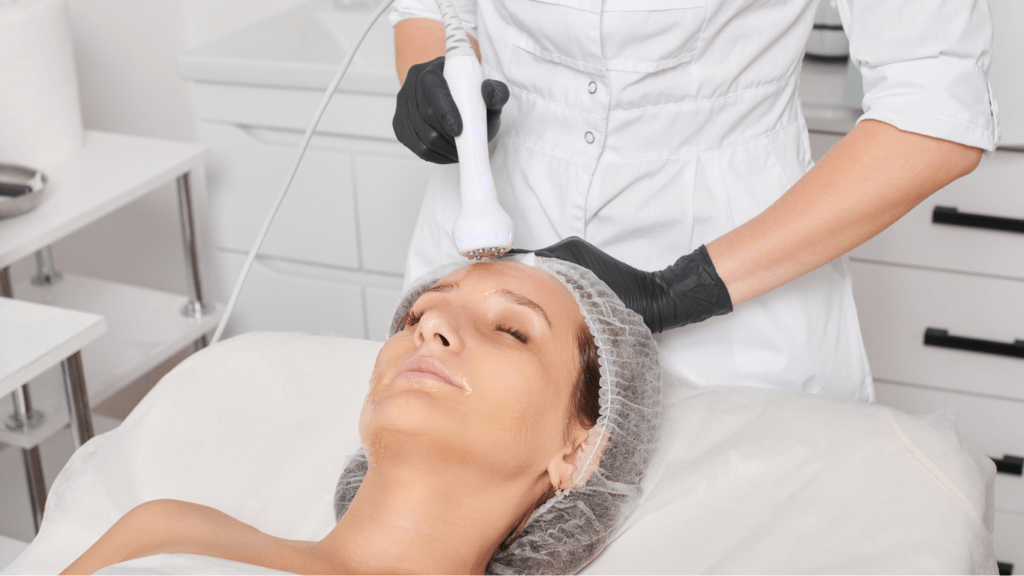When it comes to buying hair care products, most people focus on the promises on the front label—things like “volumizing,” “hydrating,” or “color-safe.” But the real story is told on the back: the ingredient list. That’s where you’ll find out what’s actually going on your scalp, and why understanding shampoo ingredients luvizac is more important than ever. For a clearer breakdown of what’s inside, branded resources like luvizac offer a good starting point for decoding what each component does.
Why Shampoo Ingredients Matter
Your hair and scalp are essentially an extension of your skin, and anything you apply can have a short-term or long-term effect. Shampoos aren’t just about cleansing. They also condition, balance oils, manage frizz, and prep your hair for styling. Those benefits come directly from what’s inside the bottle.
Understanding shampoo ingredients isn’t just for label enthusiasts. If you’ve ever experienced scalp irritation, flat hair, or premature color fading, there’s a good chance your shampoo played a role. With varying hair types—curly, oily, dry, color-treated—the ingredients need to work with, not against, your needs.
What You’ll Commonly Find in Shampoo
Here’s a quick look at common categories of ingredients found in shampoos, and what they do:
1. Surfactants (the cleansers)
Surfactants like Sodium Lauryl Sulfate (SLS) and Sodium Laureth Sulfate (SLES) are the main cleaning agents. They help lift dirt, oil, and buildup from your scalp and hair. However, sulfates can be harsh for some users, especially those with sensitive skin or color-treated hair.
In gentler formulations like those aligned with shampoo ingredients luvizac, you’ll find alternatives like Sodium Cocoyl Isethionate or Disodium Laureth Sulfosuccinate. These are milder, effective cleansers less likely to strip natural moisture.
2. Conditioning Agents
These molecules help smooth your hair cuticle, making it easier to detangle and giving it a softer texture. Common ones include silicones (Dimethicone or Cyclopentasiloxane), but these can weigh hair down if overused.
Look out for plant-based or water-soluble moisturizers in more refined blends. For instance, ingredients like Panthenol (Provitamin B5) and Guar Hydroxypropyltrimonium Chloride provide slip and nourishment without buildup.
3. Humectants and Hydrators
These ingredients attract and retain moisture—key for keeping hair from drying out, especially in arid environments. Glycerin and Propylene Glycol are staples, but natural humectants like Aloe Vera or Hyaluronic Acid are increasingly favored in modern formulas.
4. Natural Extracts and Oils
From green tea to argan oil, these additions can provide antioxidants, soothing properties, and extra hydration. Depending on the formula, these botanicals can deliver real benefits when present in meaningful concentrations.
5. pH Balancers and Preservatives
Healthy hair sits at a pH between 4.5 and 5.5. Ingredients like Citric Acid help maintain this balance and ensure the shampoo doesn’t disturb your scalp’s natural barrier. Preservatives such as Phenoxyethanol or Potassium Sorbate keep the product safe from microbial growth—necessary in water-based products.
What to Avoid—Paying Attention to Long-Term Impact
Not all ingredients are welcome in the evolving hair care space. Consumers are increasingly aware of potentially problematic components:
- Parabens: Used as preservatives, but have raised safety concerns over time.
- Phthalates: Often found in fragrances, they’ve been linked to hormonal disruption.
- Formaldehyde-releasing agents: Found in some preservatives, these can be irritating or allergenic.
While many brands still use these ingredients within regulatory limits, emerging formulations like the shampoo ingredients luvizac aim to minimize or eliminate them for a cleaner, friendlier product.
The “Clean Beauty” Wave and Ingredient Transparency
One of the biggest shifts in hair care is the push toward “clean” formulations—not just in what’s removed, but what’s intentionally kept. Transparency is now a strong selling point. More brands are offering a complete breakdown of their ingredient sources, functions, and safety ratings.
That’s where detailed guides, like those found in branded resources such as luvizac, become helpful. They don’t just list what’s in the product—they explain how those ingredients function and whether they support your hair goals.
Reading Labels: A Quick Strategy
Not sure how to read a shampoo label? Use this order of operations:
- Top 5 ingredients: These make up the bulk of the formula.
- Red flags: Watch for ingredients you know you’re sensitive to.
- “Function” Check: Use sources to understand what each ingredient does (humectant, surfactant, preservative, etc).
- Concentration Clues: Ingredients listed later are usually at 1% or less—unless it’s part of a brand’s signature formula, its impact may be minor.
Tailor Your Shampoo to Your Hair Type
The best shampoo starts with knowing your own hair:
- Dry or brittle? Look for nourishing oils (like jojoba or avocado), Shea Butter, and moisturizing agents like panthenol or glycerin.
- Oily? A clarifying shampoo with light conditioning may help, using gentle surfactants and low-residue agents.
- Color-treated? Avoid sulfates and opt for color-safe formulations that reinforce the hair cuticle.
- Curly or textured hair? Choose products with high slip, hydration, and minimal protein to avoid crunchiness.
Again, ingredient insights from shampoo ingredients luvizac can help you decode which formulation supports your hair’s specific needs and goals.
Final Thought: Know What You’re Buying
With a little bit of ingredient literacy, you stop relying on marketing lingo and start making choices based on what actually serves your hair and scalp. You don’t have to be a chemist—just follow a basic structure for reading labels, and rely on transparent sources to close any knowledge gaps.
Knowing what shampoo really does for you starts with knowing what’s in it. Shampoo ingredients luvizac isn’t just a list—it’s a framework for smarter, cleaner, more effective hair care decisions.


 Bonnie Brown is an expert in holistic wellness with over a decade of experience in natural health and skincare. She has dedicated her career to helping individuals achieve radiant health through plant-based solutions and mindful self-care practices. Bonnie is passionate about blending ancient traditions with modern wellness techniques, making her insights a valuable resource for anyone on a journey to healthier skin and overall well-being.
Bonnie Brown is an expert in holistic wellness with over a decade of experience in natural health and skincare. She has dedicated her career to helping individuals achieve radiant health through plant-based solutions and mindful self-care practices. Bonnie is passionate about blending ancient traditions with modern wellness techniques, making her insights a valuable resource for anyone on a journey to healthier skin and overall well-being.
